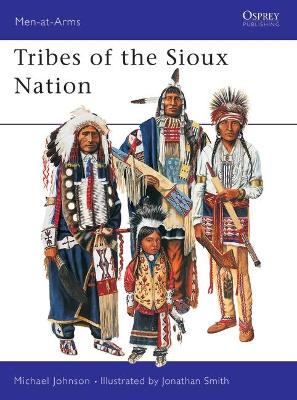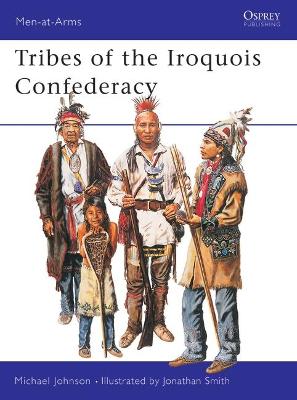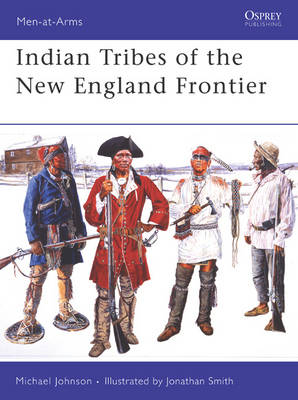Men-at-Arms
3 primary works
Book 344
The horse culture of the tribes of the High Plains of North America lasted only some 170 years; yet in that time the sub-tribes of the Teton or Western Sioux people imprinted a vivid image on the world's imagination by their fearless but doomed fight to protect their hunting grounds from the inevitable spread of the white man. This text outlines the history, social organization, religion and material culture of the Santee, Yankton and Teton Sioux; rare early photographs include portraits of many of the great war chiefs and warriors of the Plains Indian Wars, and eight detailed plates record details of Sioux traditional costume.
Book 395
The federated Iroquois tribes were absolutely central to the long struggle between the British colonists in eastern North America, and the French and their client tribes. They fought many exciting frontier campaigns, and were generally loyal allies of the British for 200 years from the late 16th century. They provided the redcoats and colonial militias with an invaluable scouting and raiding element, right up to the end of the American War of Independence in 1782, when the Mohawks trekked to new lands they were given in Canada by a grateful Crown. The Iroquois had a rich and individual material culture which is beautifully illustrated in this book.
Book 428
The first Native Americans who came into contact with the 17th century English settlers were the tribes of the North Atlantic coast and the interior of New England. While some tribes came into conflict with the newcomers rather quickly, others such as the Abenakis and the Delawares, began migrating over long distances before violently clashing with the settlers during the colonial wars of the 18th century. This long-awaited book tells the story of New England's Native Americans with colour illustrations and photographs.


